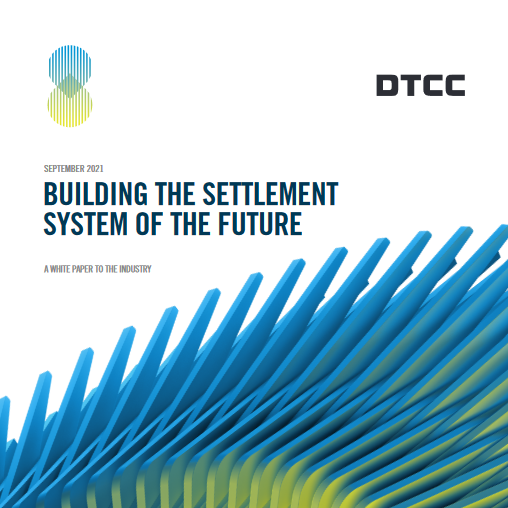
DTCC’s Project Ion platform moves to development phase following successful pilot
The Depository Trust & Clearing Corporation (DTCC), the premier post-trade market infrastructure for the global financial services industry, today announced that its Project Ion initiative, an alternative settlement platform that leverages distributed ledger technology (DLT), will move into a development phase following a successful prototype pilot with leading market participant firms. With six months of testing of the “proof of concept” now complete, DTCC has the quantitative data and qualitative feedback to build out a production-ready workflow and a roadmap for, subject to regulatory approval, future full industry integration and adoption.
Specifically modeled around a netted T+0 settlement cycle — but capable of supporting T+2, T+1, T+0 or extended settlement cycles — the Project Ion platform is designed to:
- Provide a clearance and settlement option for the industry leveraging DTCC’s core benefits of risk management and volume capacity, including netting and the trade guarantee of the CCP.
- Support new features, with seamless interoperability between the Project Ion platform and the classic settlement platforms at The Depository Trust Company (DTC).
- Ensure adherence to DTCC’s rigorous regulatory standards across resiliency, stability, security, risk, and controls.
As described in a new white paper, “Building the Settlement System of the Future,” the first phase of the Project Ion platform will support bilateral deliver order transactions that will be initiated by pilot participants through client nodes hosted by DTCC. Once launched, the transactions will be processed through the Project Ion platform and then passed to DTC’s existing systems for settlement processing. The Project Ion platform is anticipated to be launched in the first quarter of 2022, and will serve as a parallel book and infrastructure for limited bilateral transactions on DLT, with DTC’s existing systems continuing to remain the authoritative source of transactions.
“Cryptocurrency, digitized assets, DLT and other innovations increasingly are integral parts of the evolving financial services industry, and we are excited about the future opportunity in each of these areas,” stated Murray Pozmanter, Head of Clearing Agency Services and Global Business Operations at DTCC. “Project Ion has demonstrated that settlement in a T+1 or T+0 environment are effective use cases for DLT, and we look forward to working with our clients and the industry to launch the new platform.”
Project Ion’s functionality will be introduced in phases. Subject to regulatory approval, future phases are expected to extend the platform’s functionality over time to realize the reconciliation efficiencies offered by DLT. Other phases are anticipated to include the provision of access through a client-hosted node and expanding the transaction types processed by the platform.
“The industry’s primary goal must be to create efficiencies without introducing additional risk to markets, and client participation and feedback at every iterative step of this journey will be pivotal to the continued success of the platform,” said Michele Hillery, General Manager of Equity Clearing and DTC Settlement Service at DTCC. “Project Ion holds the promise of new settlement functionality supported by robust technical capabilities and is a key part of our on-going efforts to further accelerate settlement and build upon current same-day settlement capabilities. We look forward to our continued work with the industry, while providing a DLT-based alternative to existing services.”
DTCC has planned for early and later adoption of the functionality and technology offered by Project Ion, to ensure the phased roll-out is responsive to clients’ individual development agendas. For clients, this means that while the general industry can move ahead to achieve T+1 accelerated settlement on DTCC’s classic systems, those clients ready to integrate onto the ledger can begin development efforts and start to ready their firms for the future operating model without waiting for full-market adoption.


